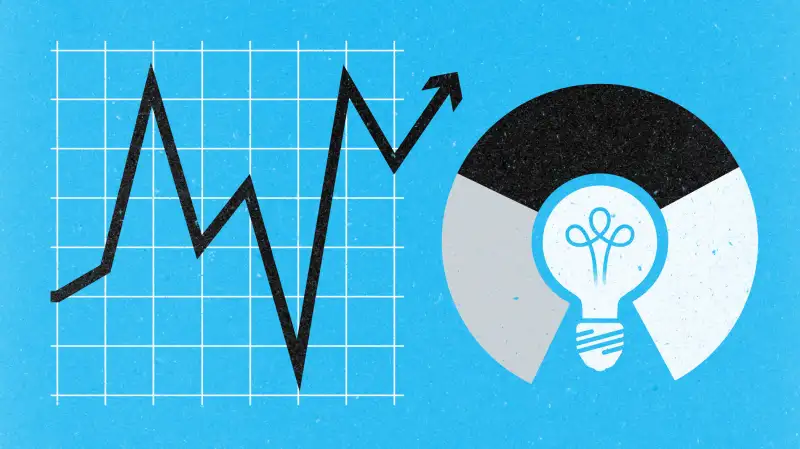How Can I Tell If My Investment Was a Success?
Money is not a client of any investment adviser featured on this page. The information provided on this page is for educational purposes only and is not intended as investment advice. Money does not offer advisory services.

Q: In 1999, I invested $10,000 in a mutual fund. Capital gains and dividends over the years amounted to $41,000, all of which I reinvested. If I were to sell all my shares today, I would receive $50,100. Was this a good investment?
A: “There are a variety of ways that geeks like us can look at returns,” says Owen Malcolm, a certified financial planner and managing director at United Capital in Atlanta.
Looking purely at the annualized returns of that original $10,000, it was a good investment.
Assuming you invested in the fund in early December 1999 and held it for 16 years, the fund returned an average of 14% a year. Not bad, especially when you consider that the Standard & Poor’s 500 had an annual return of about 4.5% during that time. “To have nearly tripled the market suggests that it was a great rate of return,” Malcolm adds.
Of course, returns are all relative — for instance, to the market, to similar investments, and to your goals.
“A good investment is, first and foremost, one that helps you meet your objectives,” he says. More than anything, that should guide your decision of where to invest and how to measure success.
Comparing the specs of a biotech fund and a bond fund, for example, is like weighing the features of a racy convertible against a minivan. Similarly, cost is a factor. Although expense ratios are factored into net returns, you still want to make sure that above-average fees translate to above-average returns.
When sizing up a fund, take a look at how the fund has performed relative to its benchmark index (for example, the S&P 500 if its a U.S. stock fund, Barclays U.S. Aggregate Bond if it's a fixed income fund, and so on) and to similar funds. Both Morningstar and Lipper classify funds into peer groups, and make rankings and performance numbers available to the public for free. The 14% average annual returns of your fund appear to be stellar, but if the fund’s peers were up 20% over that period, what happened?
While average trailing returns are a great place to start when sussing out fund performance, it’s also telling to see how a fund has done over different market periods. One handy stat is upside/downside capture ratio. It shows you whether a fund has gained more or lost less than the market during up markets and down markets.
Finally, remember that funds are designed to perform differently in different markets. After all, this is the whole point of diversification. Some funds are inherently volatile. For investors with long time horizons and diversified portfolios, all is well that ends well. Trouble is when investors get into a volatile fund unwittingly and sell at the worst time possible. A fund is only a good investment if you stick around long enough to actually realize those gains.